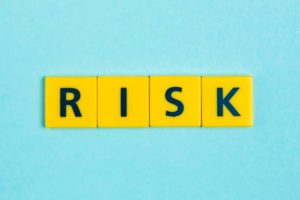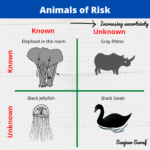RFID stands for Radio-Frequency IDentification. It is a small electronic device that consist of a chip (capable of carrying 2000 bytes of data) and an antenna.
A RFID device provides a unique identifier and serves the same purpose as a bar code on a consumer product or a magnetic strip on the back of a credit card.
I would like to highlight two uses of RFID technology for process safety applications.
Tracking of Hazardous Chemicals
BASF plans to use RFID to monitor the location and condition of its fleet of rail cars containing hazardous chemicals. The RFID system system not only provides location of the cargo but also sends alerts to authorized users in the event of incidents such as a rail car collision, an unacceptable temperature fluctuation or tampering with rail car. (Read More)
Tracking of Personnel During An Emergency
During an emergency evacuation, it is vital to account for plant personnel. Typically this task is performed by designated plant employees but BP’s Cherry Point facility is using RFID for tracking personnel. The RFID tracking system will be used to ascertain the whereabouts of staff members, contractors and visitors. (Read More)






2 Responses
So, will employees consent to implantation? Or will emergency responders have to chase badges left in desk, bathrooms, coat closets, etc.?
The RFID technology is, I understand, not quite up to spec for dealing with evacuation scenarios. The readers have effective ranges that people are generally really good at avoiding and can also be corrupted by emergency effects.
Its also not clear if the RFID approach is in fact better than current mustering techniques and is worth the cost.
It will be interesting to follow the progress.